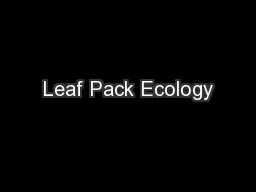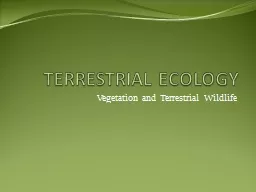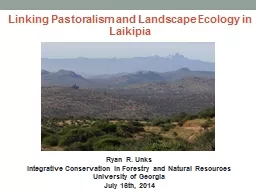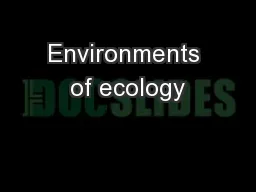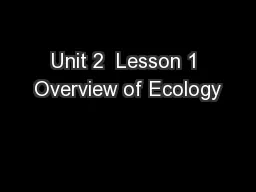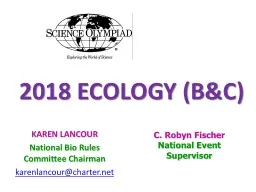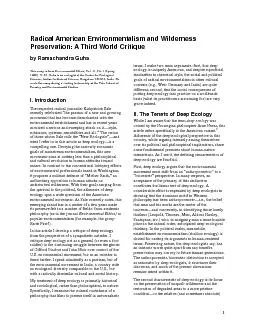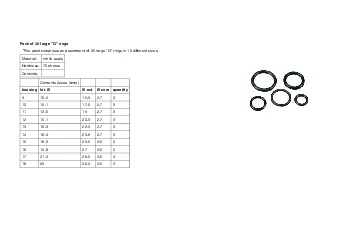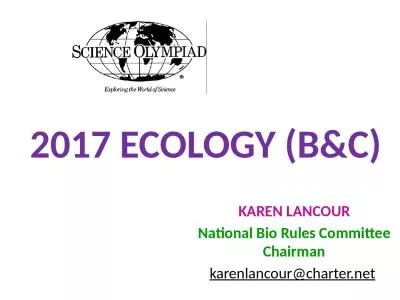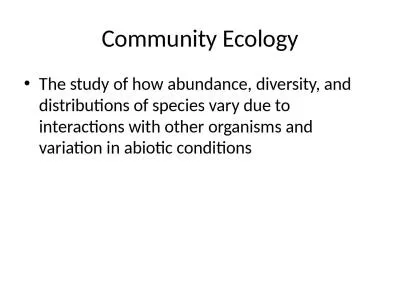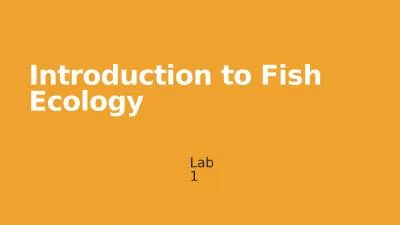PPT-Leaf Pack Ecology
Author : liane-varnes | Published Date : 2016-08-16
Chrissy Wilson 1 Tara Muenz 2 Dave Arscott 2 1 Ridley High School Folsom PA 2 Stroud Water Research Center Avondale PA Dried leaves become homes for macroinvertebrates
Presentation Embed Code
Download Presentation
Download Presentation The PPT/PDF document "Leaf Pack Ecology" is the property of its rightful owner. Permission is granted to download and print the materials on this website for personal, non-commercial use only, and to display it on your personal computer provided you do not modify the materials and that you retain all copyright notices contained in the materials. By downloading content from our website, you accept the terms of this agreement.
Leaf Pack Ecology: Transcript
Download Rules Of Document
"Leaf Pack Ecology"The content belongs to its owner. You may download and print it for personal use, without modification, and keep all copyright notices. By downloading, you agree to these terms.
Related Documents

